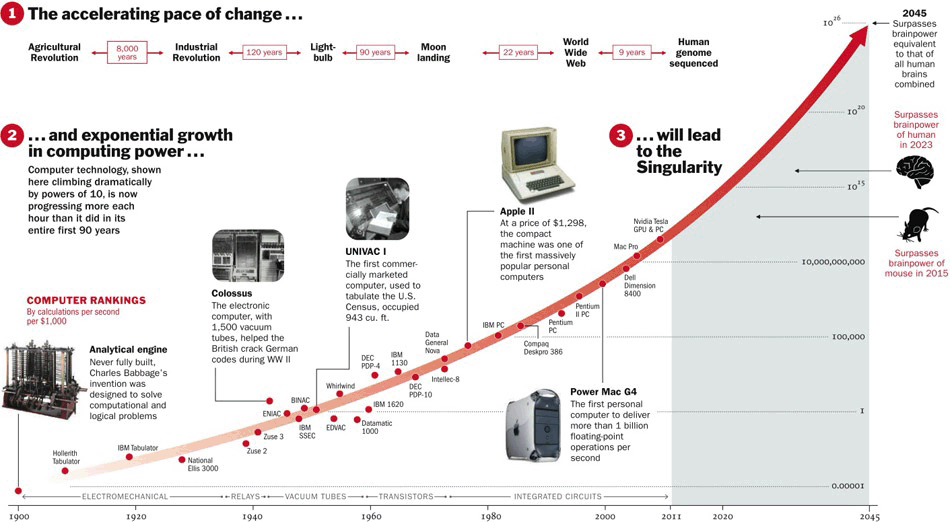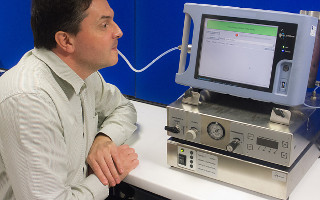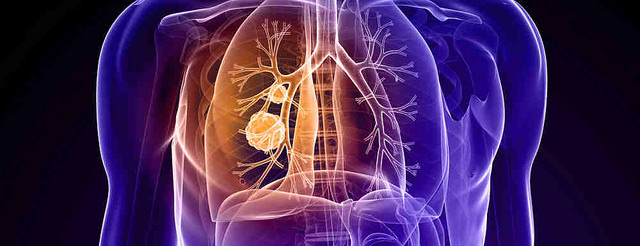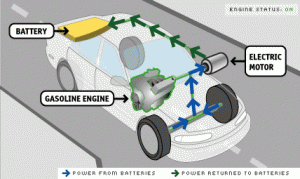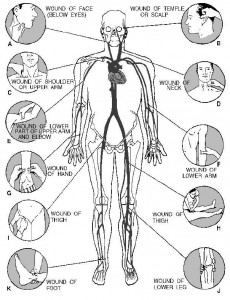Here’s a thought experiment for you: what would happen to the planet if all humans suddenly vanished? What would happen to the remnants our civilization left behind? Would the planet be able to recover from the effects we’ve had on it from the day we left the jungles and started walking on two feet? I think one of the most frightful things to consider is what would happen to the 437 nuclear reactors on the planet.

“Kernkraftwerk Grafenrheinfeld – 2013” by Avda – Nuclear Plant in Grafenrheinfeld, Germany . Licensed under CC BY-SA 3.0 via Wikimedia Commons
Nuclear plants generate electricity much like fossil-fuel electric plants, by using steam to power turbine generators. The difference is nuclear plants use heat created from splitting uranium atoms – a process called nuclear fission – to heat the water that is used to generate electricity. In a nuclear plant, fission occurs inside the reactor, where uranium is held in tightly-packed rods that are about as thin as a pencil. Plant operators can control the rate of fission inside the reactor, and thus control the temperature of the rods, by cycling vast amounts of cool water through an intricate system of valves and pumps.

Video by BBCWorldwide
If humans were to suddenly disappear, things would start to deteriorate quickly. The heat generated from the rods would take about a week to evaporate the water surrounding the reactor, exposing its core. Once this happens, the rods would start to melt, releasing the super-heated uranium onto the concrete floor, where eventually it would melt into a radioactive lava that would start burning its way down to the earth below. While there isn’t enough nuclear material to create an explosion similar to an atom bomb, the melting of the rods would release smoke heavy with radioactive particles. The smoke would be contained by the concrete dome of the reactor, but not indefinitely. The heat generated from the meltdown would weaken the concrete, and it would only be a matter of time before it crumbled, releasing a radioactive plume upon the environment.

Image of an open reactor located in a power plant in Leibstadt, Switzerland. The core is submerged under water; the water serves as a coolant and a radiation shield. – Image credit: VOA News Blog
To see what would happen to the environment after such a catastrophic event, we only need to look at the forests surrounding Chernobyl. Immediately after the nuclear accident, it seemed as if life disappeared from the woods, an ominous silence taking over as song birds vanished. However, a year after the accident life returned, with migratory birds coming back to this nuclear wasteland. Almost 30 years after the incident, nature has regained its foothold on this part of the world, with many populations of rodents, wolves and even bison returning to their ancestral homes.

Chernobyl’s Red Forest; radioactive, yet teeming with life. Author Timm Suess – Flickr: Red Forest Hill. Licensed under CC BY-SA 2.0 via Wikimedia Commons
We do not yet understand what the long-term effect the radioactivity will have on the wildlife in Chernobyl, but we do know that life is resilient enough to survive in these harsh conditions. However, it is hard to fathom whether life on the planet will be able to handle the contamination of 437 nuclear plants. To paraphrase Dr. Ian Malcolm from the 1993 film “Jurassic Park”, we can only hope that “Life finds a way.”

Video by Praveen Kulkarni, all rights reserved by Universal Pictures
This apocalyptic post was brought to you by Armando Dorantes Bollain y Goytia




